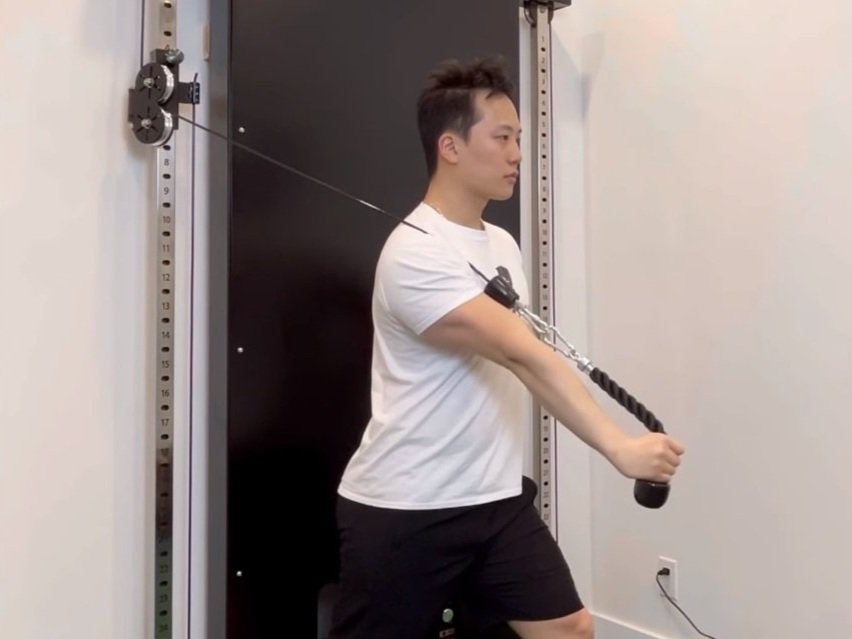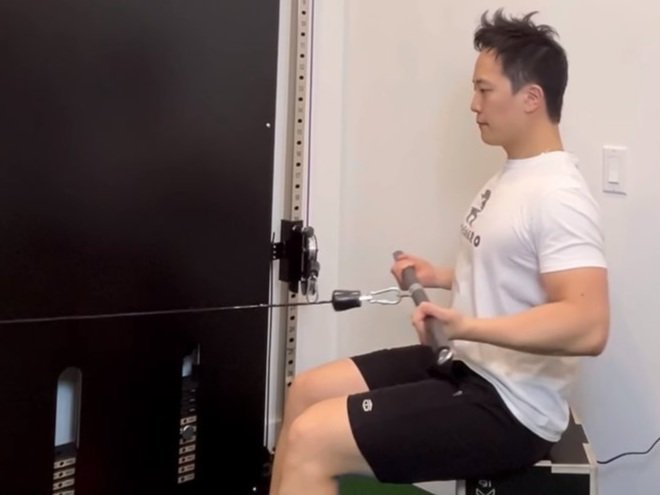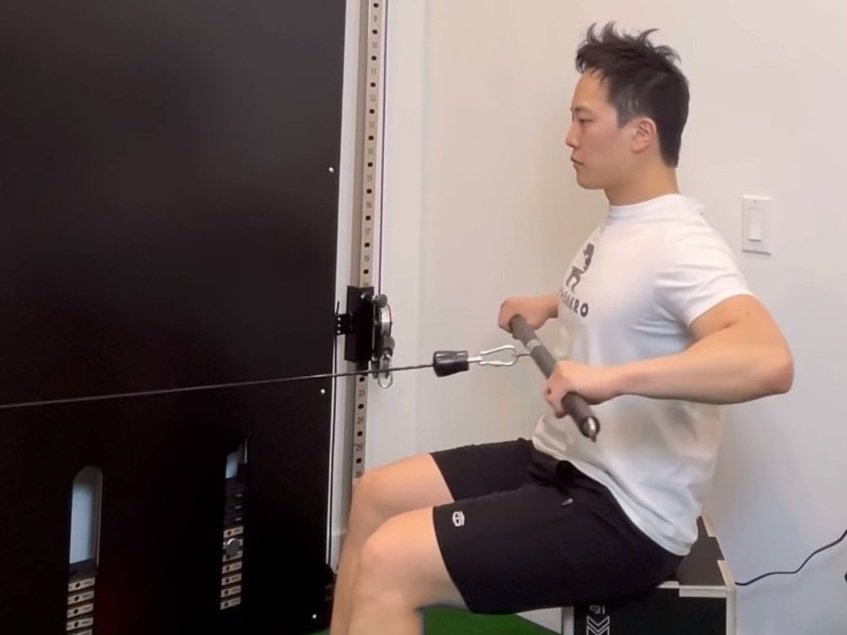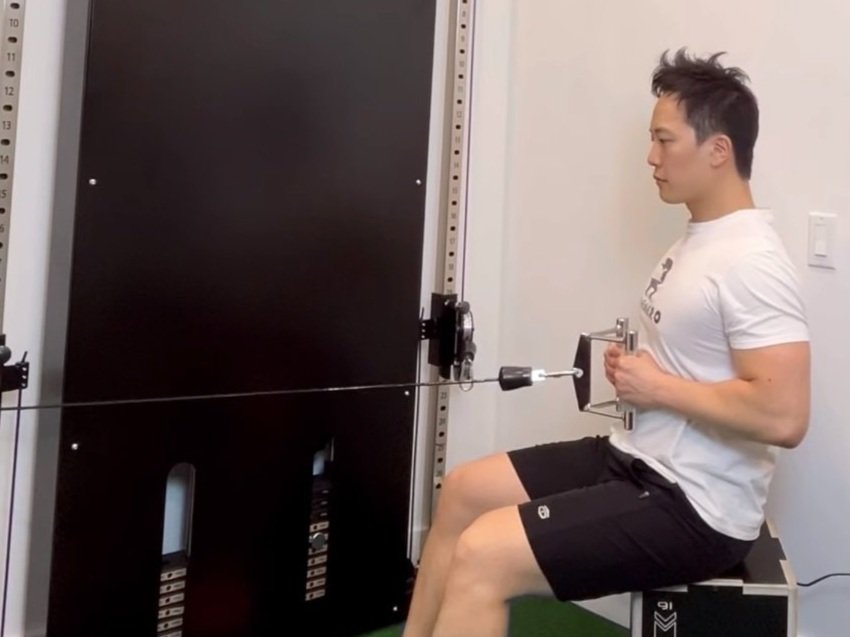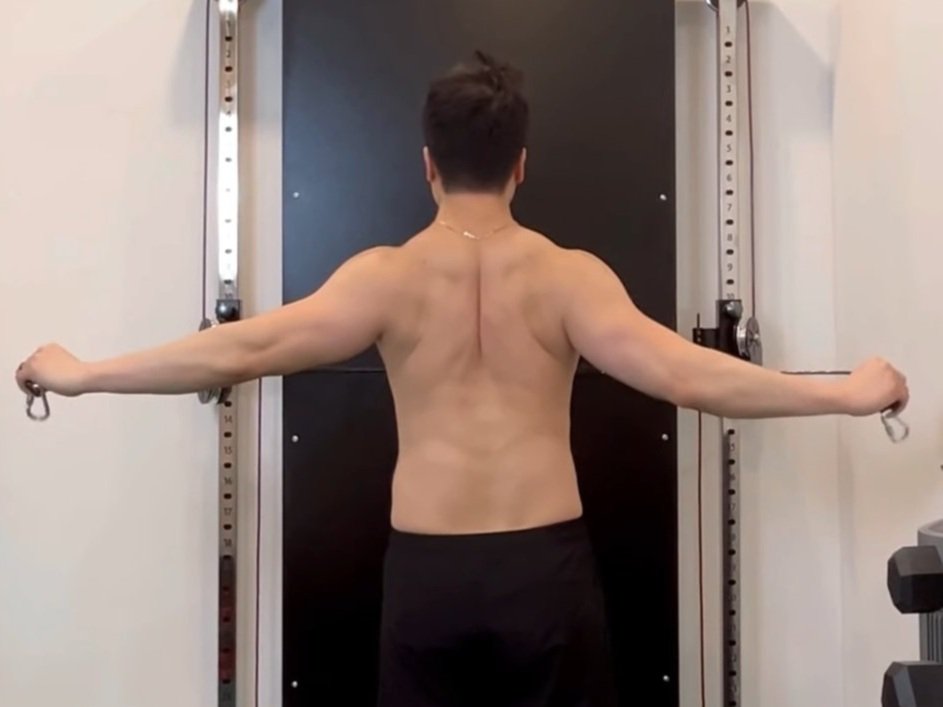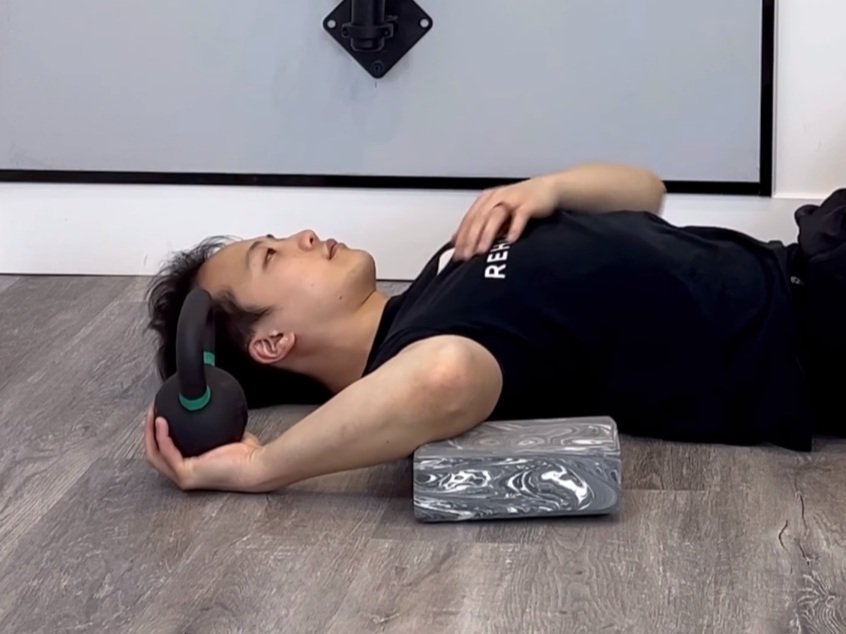5 Most Common Workout Injuries — How to Treat & Prevent Them
Don’t Let Injuries Leave Gains On The Table
Getting strong and fit is great but it is not always smooth sailing. Sometimes our bodies face challenges like injuries, pains, and strains, even if we are super careful.
Imagine you are on a journey to build your dream body lifting weights, doing squats, or trying cool yoga poses. But in the background there is a sneaky enemy common workout injuries.
These injuries can surprise you no matter how careful or how much help you have. It is not just about the pain it messes up your workout routine and slows your muscle-building progress. One wrong move and suddenly you are stuck healing from a sprain or strain.
In this guide I'll talk about five common workout injuries and how to deal with them and most importantly how to avoid them next time so you can stay fit and avoid those pesky setbacks.
Muscle Strains and Ligament Sprains
One of the most common workout injuries is muscle sprains or strains occurring when lifting heavy weights, overtraining or making incorrect movements. Minor sprains may recover within days while serious ones can take 4 to 6 weeks to heal.
For a healthy recovery it is crucial to maintain a balanced diet, get ample rest, use ice to reduce swelling and sometimes consult a doctor for pain relief.
While allopathic doctors prescribe pain-relieving medicines physiotherapists in Toronto offer targeted exercises and hands on techniques for muscle strengthening and healing.
To prevent injuries a proper warm-up before exercising is essential. Additionally lifting exercises must be performed with perfect form to avoid jerking, twisting, and lifting too heavy, reducing the risk of ending up bedridden.
Physiotherapists in Markham play a vital role in pain relief, recovery, and injury prevention offering personalized guidance.
Understanding and addressing these common workout injuries can keep your fitness journey on track and minimize setbacks. To read more about muscle strains check out this in-depth article.
Joint Dislocation
Another common workout injury is joint dislocation. Joint dislocations are a common issue amongst fitness fanatics. It happens when a joint gets pulled out of its usual place often in the shoulder, elbow, or knee.
It can occur from falls, direct hits or sudden twists. If you feel severe pain, swelling, bruising or a change in shape it might be a dislocation and you must see a doctor to get it back in place.
However some essential treatments involve wearing a splint for a few weeks doing exercises suggested by your physiotherapists to strengthen the joint using a brace or sometimes having surgery.
Afterward you might need medication or therapy to reduce pain and improve joint function.
Some folks may still feel discomfort even after treatment so following what the doctor says is essential.
Fortunately there are a few ways to prevent joint dislocations. First, you must avoid risky activities, use protective gear like knee wraps and keep your joints healthy with regular training and a good diet.
Strong muscles support your joints and help avoid injuries while a healthy diet reduces inflammation and keeps your joints happy.
Ankle Sprains
The third common workout injury under discussion is ankle sprains. When your foot suddenly twists or turns the ligaments holding the ankle in place get stretched too much resulting in an ankle sprain.
This typically happens when you twist your foot while running on an uneven surface or tripping over something leading to a fall. Common signs of ankle sprains include swelling, pain, and even an inability to put weight on your foot.
While a minor sprain may only require icing over-the-counter painkillers and rest it is essential to be cautious. Even minor sprains can significantly hinder your muscle-building progress.
Prompt consultation with a healthcare professional is crucial for major sprains with severe pain, swelling, or difficulty moving the ankle.
They can assess the injury's extent and recommend appropriate treatments including advanced interventions like physiotherapy or specialized medical procedures. Ignoring a major sprain can result in complications and prolonged recovery.
To prevent future ankle sprains wear fitted shoes providing good ankle and arch support during exercise with a cushioned base to absorb shocks from cardio activities.
Remember to stretch and warm up with lower leg exercises like calf raises to prepare your ligaments and joints before exercising. To read more about ankle sprains check out this article.
Bicep Tendon Rupture
A bicep tendon rupture happens when the tendon connecting the bicep muscle to the shoulder or elbow tears usually resulting from sudden forceful movements or overexertion during training.
If you are wondering how to identify a bicep tendon rupture here are a few symptoms: a pop or snap sound, sudden sharp pain, swelling and weakness in the affected arm.
If you think that you have ruptured your bicep tendons, getting immediate medical care is essential which means getting rest, icing the injury, applying compression, and elevation to your biceps.
Moreover Physiotherapists and chiropractors play crucial roles in the recovery process. Physiotherapy focuses on targeted exercises to strengthen the surrounding muscles while chiropractors may address movement compensations contributing to the injury.
You can prevent disrupting muscle progress by ensuring proper warm-up, gradual strength training, and maintaining good form during exercises.
Most importantly listen to your body and incorporate adequate rest while consulting healthcare professionals for personalized advice to avoid this injury. Getting a few hours of rest is better than giving up your training for weeks.
Carpal Tunnel Syndrome
Carpal Tunnel Syndrome or CTS is the final common workout injury on our agenda today. It is a condition impacting the hand and wrist often arising from repetitive motions during training sessions.
This occurs when the median nerve traveling from the forearm into the palm gets compressed at the wrist. Sensations like tingling, numbness and weakness in your hand are signs of Carpal Tunnel Syndrome.
Immediate medical care involves rest, icing, and over-the-counter anti-inflammatories while physiotherapy and chiropractic care provide effective solutions.
Physiotherapists may recommend hand and wrist strength exercises and chiropractors can address underlying alignment issues.
Integrating ergonomic practices, taking breaks during repetitive tasks and doing wrist-strengthening exercises are crucial to prevent CTS.
Maintaining proper form during training, utilizing ergonomic equipment and seeking professional advice for personalized prevention strategies contribute to a proactive approach to warding off Carpal Tunnel Syndrome in the future. To read more about carpal tunnel syndrome click here.
Conclusion
In conclusion, embarking on the journey to a fitter and stronger self comes with its share of challenges and common workout injuries that can temporarily derail progress.
From muscle sprains and strains to joint dislocations, ankle sprains, bicep tendon ruptures, and Carpal Tunnel Syndrome these adversaries can disrupt your fitness goals.
The key lies in understanding, addressing and most importantly preventing these setbacks. Immediate care including rest, icing, and over-the-counter remedies is vital for initial recovery. Physiotherapists and chiropractors in Toronto offer invaluable support in the rehabilitation process focusing on tailored exercises and alignment correction.
Prevention becomes the ultimate ally. Prioritize proper warm-ups, maintain form during exercises and integrate strength training gradually. Listen to your body, incorporate adequate rest and seek personalized advice from healthcare professionals.
Remember a proactive approach ensures a smoother fitness journey minimizing the risk of encountering these common workout injuries in the future. Stay committed, stay informed and stay fit! Book in with one of our health experts at Rehab hero by clicking the button below.












